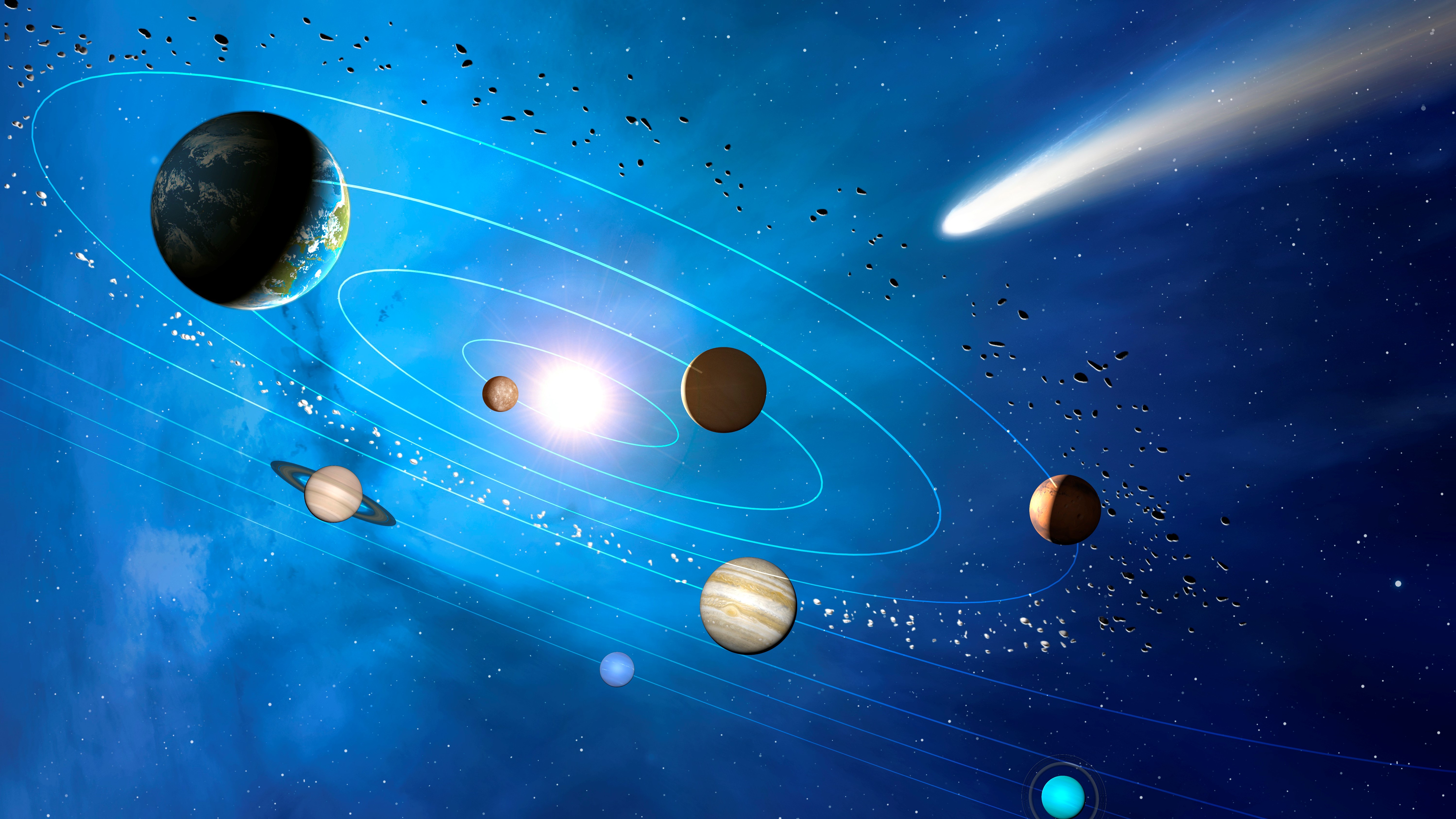Introduction: The Enigma of the Blue Planet
Our celestial home, often referred to as the “Blue Planet,” is a mesmerizing sphere teeming with life and mysteries. In this comprehensive exploration, we delve into the various facets of our planet, unraveling its secrets step by step.
Earth’s Moniker: The Blue Planet
The epithet “Blue Planet” is derived from the captivating view of Earth from space. About 71% of its surface is covered by water, giving it a distinct azure hue when observed from afar. This characteristic feature has captivated the imaginations of scientists, astronauts, and dreamers alike.
Origins of the Blue Color: The Water Connection
The Oceans’ Influence
The primary reason behind Earth’s blueness lies in its oceans. Water molecules absorb colors in the red part of the light spectrum, allowing blue hues to dominate. The vastness of the oceans contributes significantly to the overall coloration of the planet.
Atmospheric Scattering
The Earth’s atmosphere also plays a crucial role. The scattering of sunlight by air molecules sculpts the blue sky during the day. This atmospheric phenomenon, known as Rayleigh scattering, further enhances the planet’s blue appearance.
Earth’s Blue Symphony: Oceans and Marine Life
The Dominance of Oceans
Earth’s oceans are its defining feature, covering more than two-thirds of its surface. The Pacific, Atlantic, Indian, Southern, and Arctic Oceans collectively shape the planet’s identity. The sheer volume and depth of these oceans make Earth unique among its celestial neighbors.
Biodiversity Below the Surface
Beneath the waves, a diverse tapestry of marine life unfolds. Coral reefs, teeming with vibrant ecosystems, harbor an astonishing variety of organisms. From microscopic plankton to majestic whales, the oceans host a spectrum of life crucial to the planet’s ecological balance.
The Blue Planet’s Climate Dance: Oceans and Atmosphere Collaboration
Oceanic Currents and Climate Regulation
Beyond their visual impact, oceans actively influence Earth’s climate. Ocean currents act as giant conveyors, redistributing heat around the planet. This regulation is vital for maintaining the delicate balance of temperatures and climate zones.
Atmosphere’s Role in Climate Control
The atmosphere, composed mainly of nitrogen and oxygen, is another key player. Greenhouse gases, such as carbon dioxide and water vapor, trap heat and contribute to the greenhouse effect, regulating the planet’s temperature. This interplay between oceans and atmosphere orchestrates the global climate symphony.
The Blue Planet’s Geological Ballet: Tectonic Movements and Landforms
Tectonic Plates: Earth’s Dynamic Puzzles
Earth’s crust is divided into rigid plates that float on the semi-fluid asthenosphere beneath. The continuous movement of these tectonic plates shapes the planet’s surface, causing earthquakes, volcanic eruptions, and the creation of mountain ranges.
Oceans and Continents: Ever-Changing Landscapes
The meeting points of tectonic plates are often submerged beneath the oceans, giving rise to deep ocean trenches. Conversely, the collisions and separations of plates on continents create diverse landscapes, from towering mountain peaks to expansive plains.
The Blue Planet’s Life Story: Evolution and Adaptation
Origins of Life
Life on Earth is thought to have originated in the oceans around 3.5 billion years ago. Simple, single-celled organisms gradually evolved, diversifying into the complex web of life that we observe today.
Adaptations to the Blue Environment
Life has not only evolved but has also adapted to the challenges posed by the blue environment. Marine life, in particular, showcases remarkable adaptations, from deep-sea creatures with bioluminescence to migratory species covering vast oceanic distances.
Human Impact: Navigating the Challenges of the Blue Planet
Environmental Concerns
Despite the planet’s resilience, human activities have left an indelible mark. Issues such as plastic pollution, overfishing, and climate change threaten the delicate balance of marine ecosystems, demanding urgent attention and sustainable solutions.
Conservation Efforts
Acknowledging the fragility of our ecosystems, conservation initiatives and international collaborations strive to protect the blue heritage. Marine reserves, sustainable fishing practices, and climate mitigation efforts aim to ensure a harmonious coexistence between humanity and the Blue Planet.
Conclusion: Preserving the Blue Legacy
As we conclude this journey through the intricacies of the Blue Planet, it becomes evident that Earth’s identity is inseparable from its oceans, atmosphere, and the life forms that call it home. It is our collective responsibility to appreciate, understand, and safeguard the delicate balance that sustains the Blue Planet, ensuring its vitality for generations to come.
